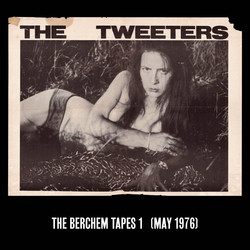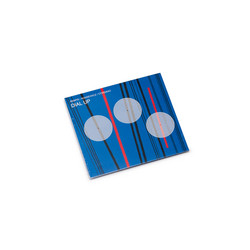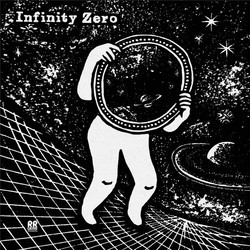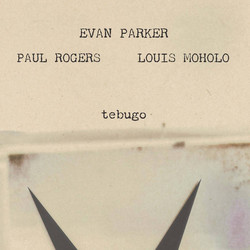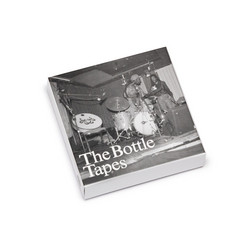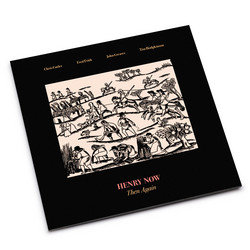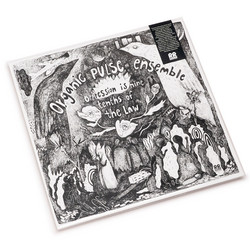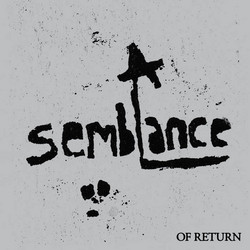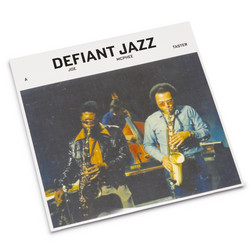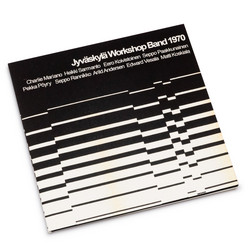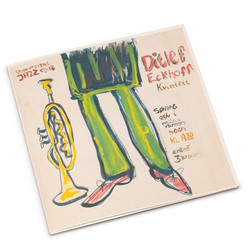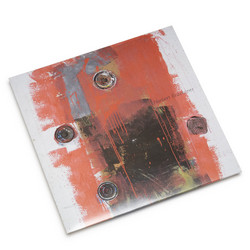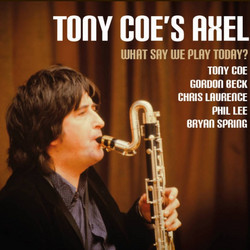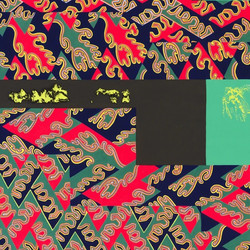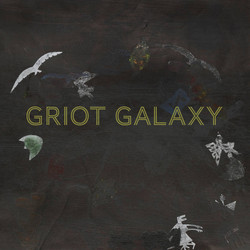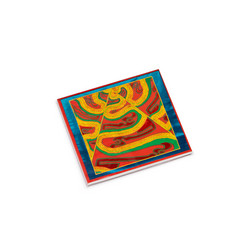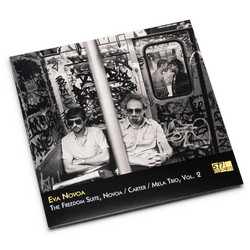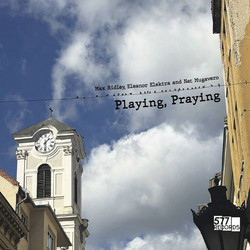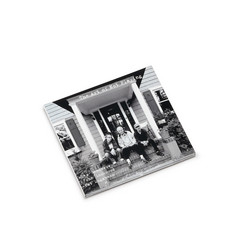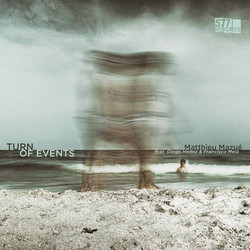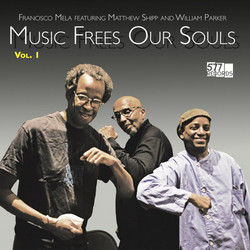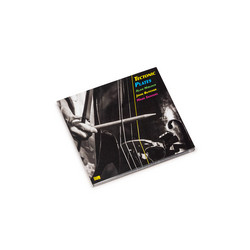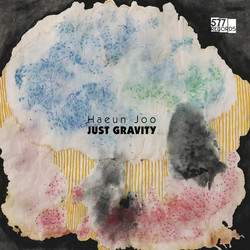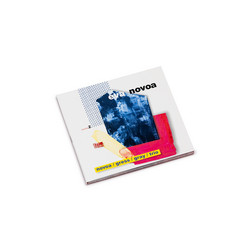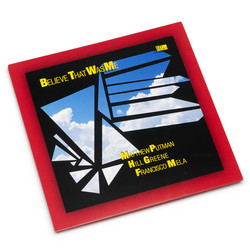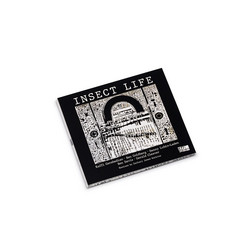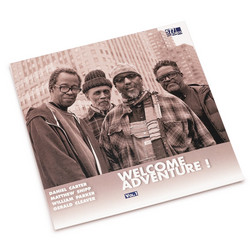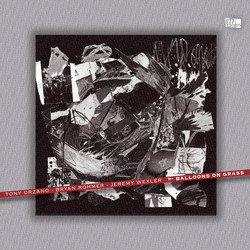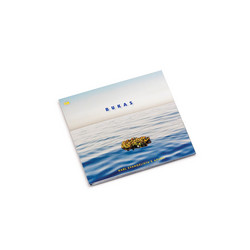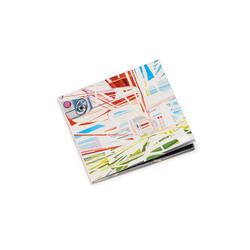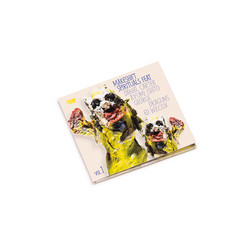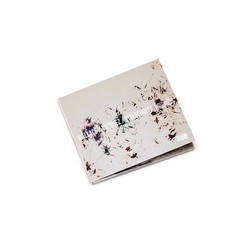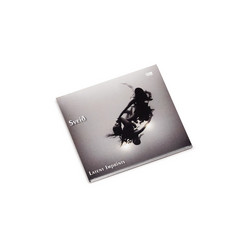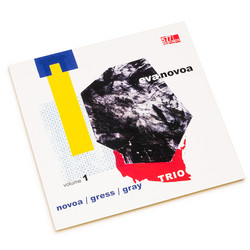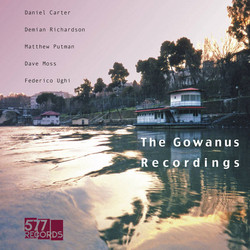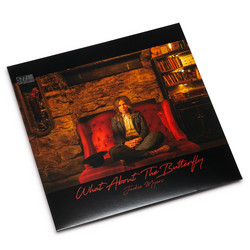The forty-minute title track develops through successive waves of intensity. Around the midpoint, the rhythm section takes command, demonstrating the kind of propulsive interlock that connects Roy Brown and Ed Thigpen to Walter Page and Jo Jones, forward through Ron Carter and Tony Williams. This is not imitation but lineage—the understanding that certain rhythmic approaches create specific kinds of freedom, that swing and abstraction aren't opposites but coordinates on the same map.
What distinguishes Maua from many extended free jazz performances is its sustained momentum. The music doesn't exhaust itself or fall into predictable patterns. Instead, it maintains kinetic energy through constant recalibration, the three musicians adjusting to each other's moves while pushing the collective sound forward. The result feels less like a "blowing session" than a structured investigation that happens to unfold spontaneously. 'Niloo's Dream' provides necessary contrast—a ballad that allows the trio to explore different textures and dynamics. Where the title track operates through velocity and density, this closing piece works through space and restraint, demonstrating that the group's vocabulary extends beyond high-energy abstractions.
Recorded live and released on 577 Records, Maua confirms that free jazz, when played by musicians who understand both its technical demands and its spiritual imperatives, remains a vital form—not nostalgic, not academic, but urgently present.
